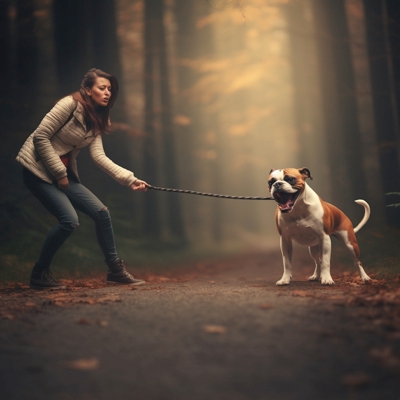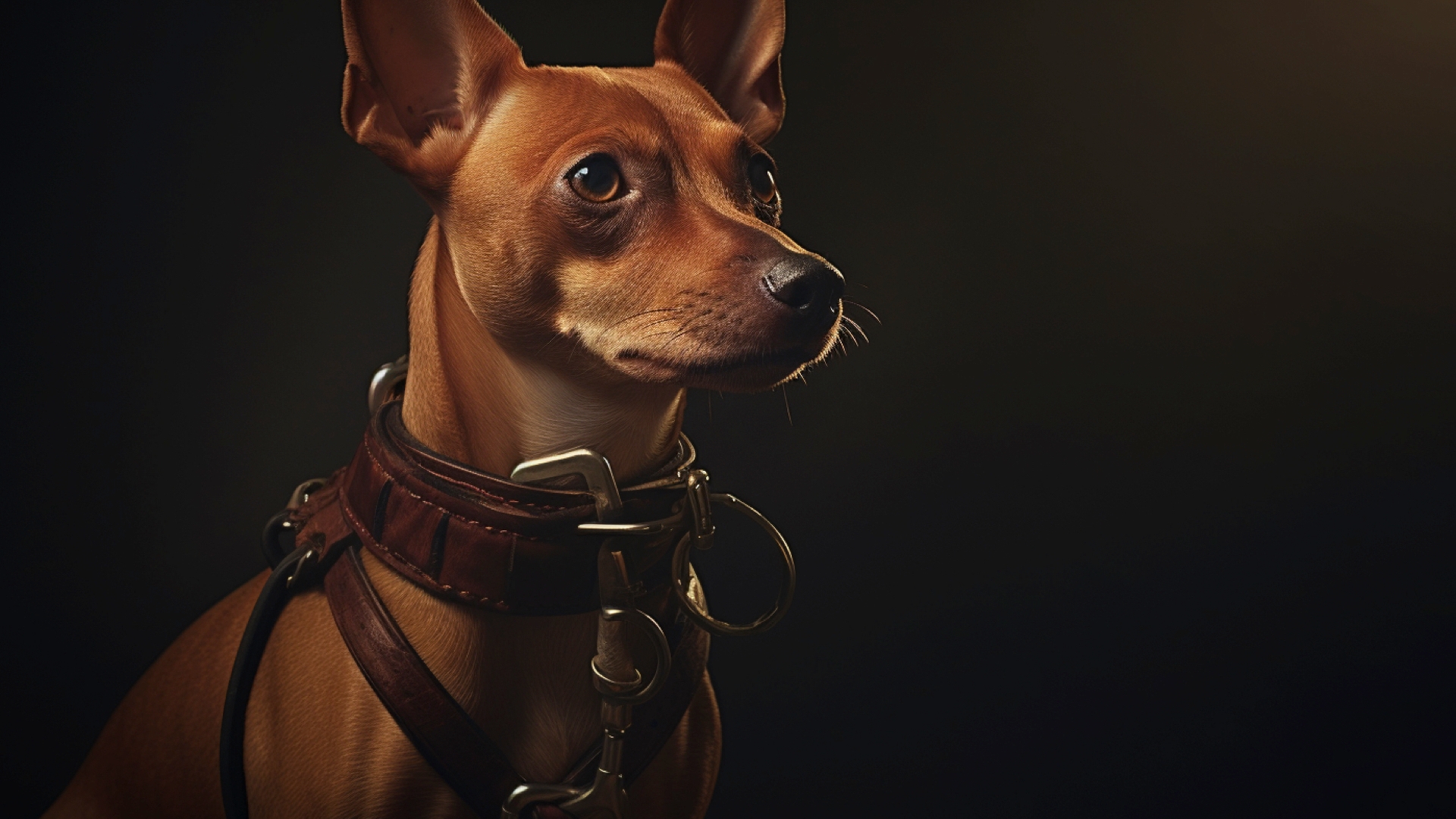Walking Etiquette: How to Keep Your Dog Behaved on Leashed Walks:
Summary:
Navigating the world of dog walking can be a stroll in the park or a tug-of-war, depending on your pup's behavior. This article delves into the essence of walking etiquette, emphasizing the importance of understanding canine behavior and using the right walking equipment. With the foundation of the 'heel' command and addressing common walking challenges like pulling and barking, dog owners can ensure peaceful walks. Socializing your dog and using positive reinforcement play pivotal roles in molding their behavior. By respecting other walkers and maintaining consistency in training, you can enjoy harmonious walks with your furry friend in the heart of Portland.


- Understanding Dog Behavior on Walks
- The Right Equipment: Choosing the Best Leash and Harness
- Training Basics: The Heel Command
- Addressing Common Issues: Pulling, Lunging, and Barking
- Socializing Your Dog: Meeting Other Dogs and People
- The Role of Treats and Positive Reinforcement
- Dealing with Distractions: Squirrels, Birds, and Cars
- Respecting Other Walkers and Public Spaces
- The Importance of Consistency in Training
- Personal Stories: Successes and Challenges from Dog Owners
Picture this: You're on a serene morning walk, coffee in hand, and your furry companion by your side. The birds are chirping, the sun is shining, and then... chaos ensues as your dog lunges at a squirrel. Sound familiar? Leashed walk etiquette is more than just a fancy term; it's the key to peaceful and enjoyable outings with your pup. Let's embark on this journey to well-behaved walks!
Understanding Dog Behavior on Walks
Before diving into training techniques, it's essential to understand why dogs behave the way they do on walks. Dogs are naturally curious creatures; the outside world has exciting scents, sights, and sounds. Recognizing the underlying reasons for your dog's behavior can help tailor your training approach.
The Right Equipment: Choosing the Best Leash and Harness The foundation of a well-behaved walk starts with the right gear. A sturdy and comfortable leash and harness can make a significant difference. Based on our research, the Rabbitgoo No-Pull Dog Harness is a top pick among dog owners. Its adjustable straps ensure a snug fit, and the no-pull design helps control exuberant pups.
Training Basics: The Heel Command
The 'heel' command is a staple in dog walking etiquette. It instructs your dog to walk beside you, not ahead or behind. Start by practicing in a quiet environment, rewarding your dog when they walk by your side. Gradually introduce distractions to reinforce the behavior.
Addressing Common Issues: Pulling, Lunging, and Barking
Every dog has its quirks. Some might pull on the leash, while others bark at every passing car. Identify the triggers and work on desensitizing your dog. For instance, if your dog lunges at squirrels, practice walking near areas with squirrels and reward calm behavior.
Socializing Your Dog: Meeting Other Dogs and People
Socialization is crucial for a well-adjusted dog. Regularly expose your pup to different environments, people, and other dogs. Always ensure both dogs are comfortable before allowing them to greet.
The Role of Treats and Positive Reinforcement
Positive reinforcement is the cornerstone of practical dog training. Always reward good behavior with treats, praise, or play. This reinforces the desired behavior, making it more likely to be repeated.
Dealing with Distractions: Squirrels, Birds, and Cars
Distractions are a part of outdoor adventures. Train your dog to focus on you by using commands like 'look at me' or 'leave it' when they get distracted.
Respecting Other Walkers and Public Spaces
Always be considerate of others. Keep your dog on a short leash in crowded areas, pick up after them, and ensure they don't invade the personal space of others.
The Importance of Consistency in Training
Consistency is critical. Ensure everyone in the household is on the same page regarding commands and rewards. This prevents confusion for your dog.
Personal Stories: Successes and Challenges from Dog Owners
Every dog and owner has a unique journey. Sharing personal stories can provide insights and encouragement for others facing similar challenges.
Walking with your dog should be a delightful dance, not a tug-of-war. With the right tools, training, and a sprinkle of patience, you can transform your rowdy rover into a poised walking partner. So, lace up those walking shoes, grab that leash, and stride confidently knowing you've got the best-behaved dog in Portland!


